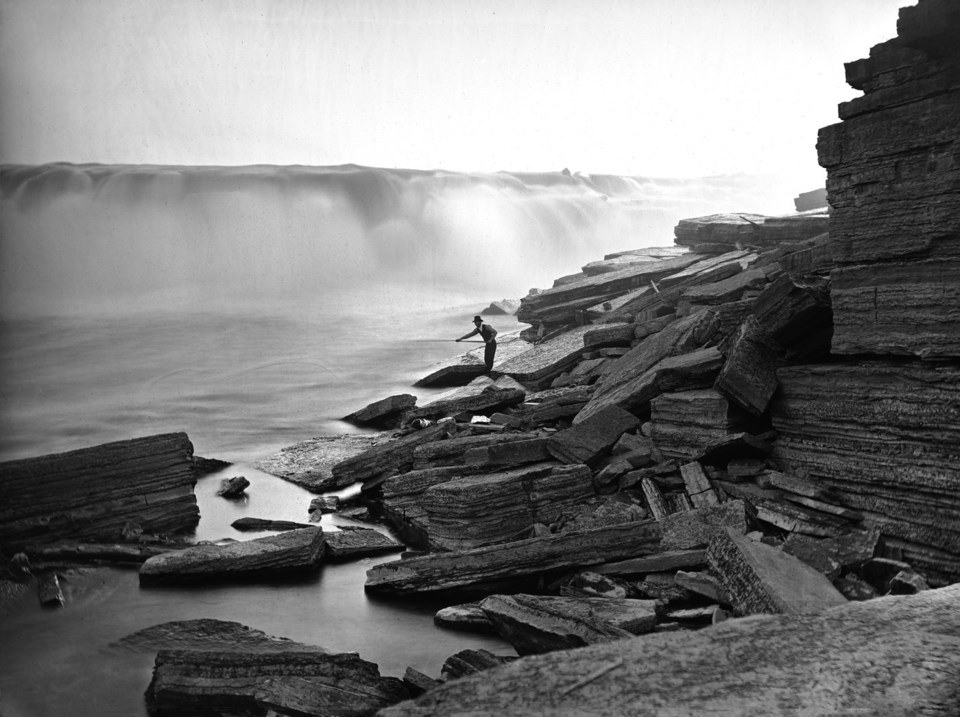MONTREAL — The Notman Photographic Archives, a collection of photographs described as a Canadian treasure, have been inscribed into UNESCO's Memory of the World Register.
The McCord Stewart Museum in Montreal is the home of the collection, which contains 400,000 prints and 200,000 glass plate negatives as well as 300 records and ledgers and other artifacts from the Montreal Notman studio between 1856 and 1935.
William Notman's studio employed people across Canada and the United States, and the collection includes photos taken from coast to coast that the museum's head describes as a rare window into Canada's evolution.
"It's an expansive body of work that really sheds light on the construction of Canada over this period of 80 years," said museum CEO Anne Eschapasse. "But also on how a photography studio operated in North America in the same timeframe."
Notman brought unique innovation and esthetic to portrait photography, which the museum said helped him earn an international reputation as the most prominent Canadian photographer of his era.
The archive had first been added to Canada's Memory of the World national register in 2019 before receiving the international distinction this week.
Cody Groat, a Western University professor and Chair of the Canadian commission for the UNESCO Memory of the World advisory committee, said the designation is granted to the most significant archival or documentary heritage collections in the world.
Memory of the World is an international commemorative designation overseen by UNESCO — the United Nations Educational, Scientific and Cultural Office.
Groat said it's comparable to a UNESCO World Heritage Site designation, which is applied to sites of significance like the Pyramids of Giza in Egypt or Quebec City's historic district of Old Québec.
There are both national and international Memory of the World registers in Canada. The Canadian national register contains 34 collections, 12 of which have been given international distinction.
Some of those include the archival collection from the National Centre for Truth and Reconciliation, archival materials related to the discovery of insulin at the University of Toronto, and the Hudson's Bay Company archival records.
This week the Notman photographic archives were added, notably due to the impact it had on photography in Canada.
"This collection encapsulates so many iconic images from the late 1800s, early 1900s in Canada of key figures like John A. McDonald, but also social scenes of Canada developing in the immediate post-Confederation era across the country," Groat said.
Notman's business records contain still more details, including ledgers and documents that showed how the iconic studio operated over time, Groat added.
The distinction doesn't come with any legislative protection. "But it really brings international focus and attention to the significance of these records."
Some 70,000 photos from the collection are currently digitized. Scholars use the archives regularly for research, while contemporary artists access it for their own projects.
The collection includes cityscapes from across the country and landscapes from coast to coast, Eschapasse said. They include shots of Canada's most iconic infrastructure projects of the time, such as the building of the Victoria Bridge and the construction of the Canadian Pacific Railway.
"It's really the visual repository of Canada, it tells how the country was being built and by whom," Eschapasse said. "Not just by the elite, but you also have images of Black porters, you have images of Black nannies, you have Indigenous leaders that are photographed, you have children.
"It's a vast treasure trove of portraits, landscapes, cityscapes and it really shows the effervescence of Canada during this time."
This report by The Canadian Press was first published May 17, 2025.
Sidhartha Banerjee, The Canadian Press



